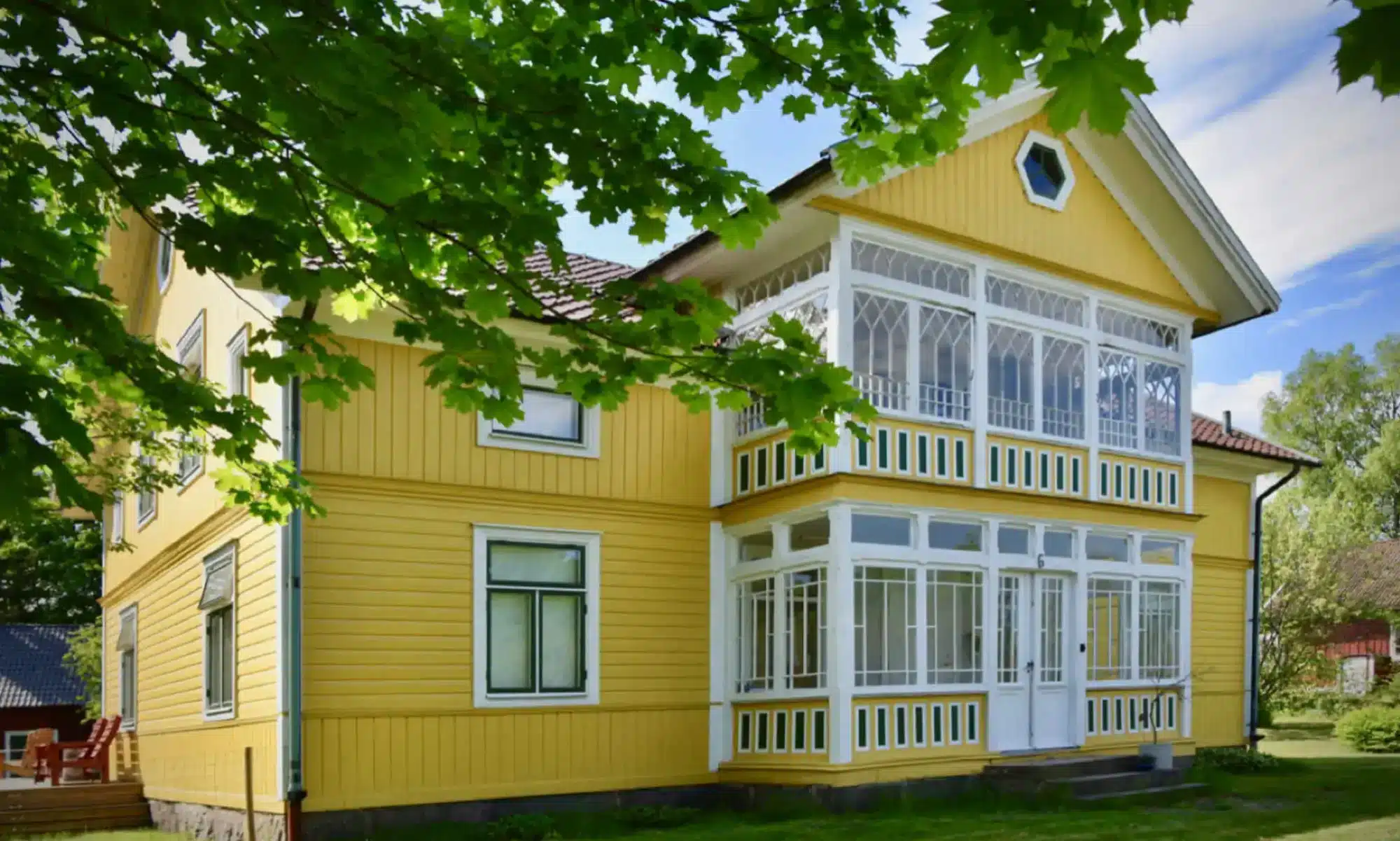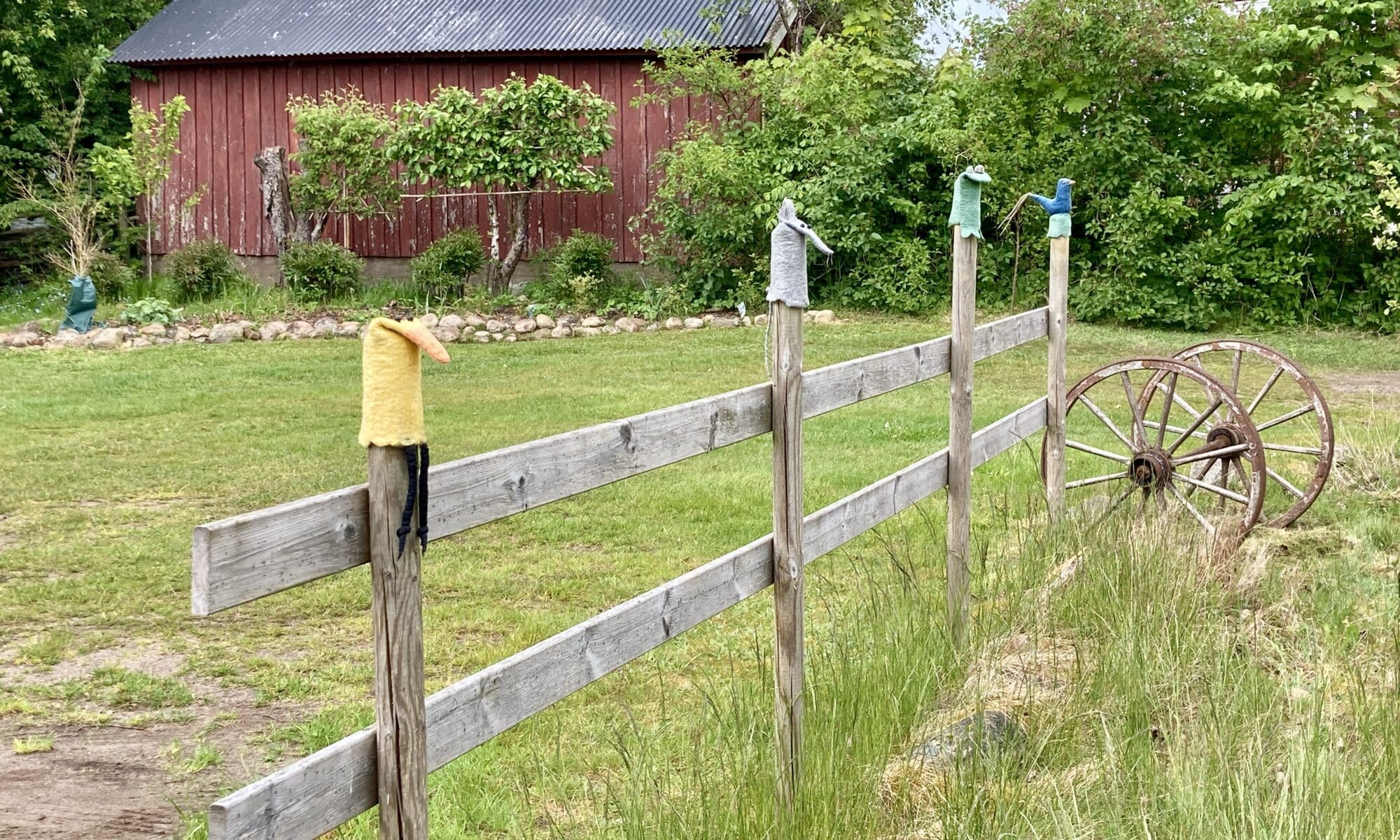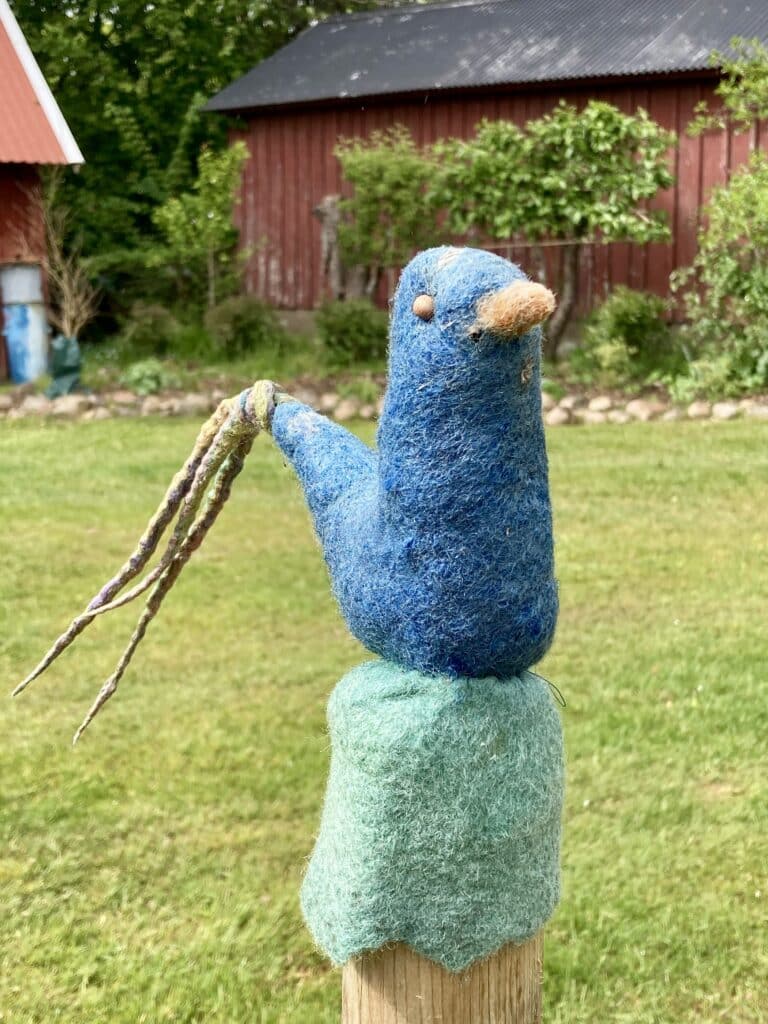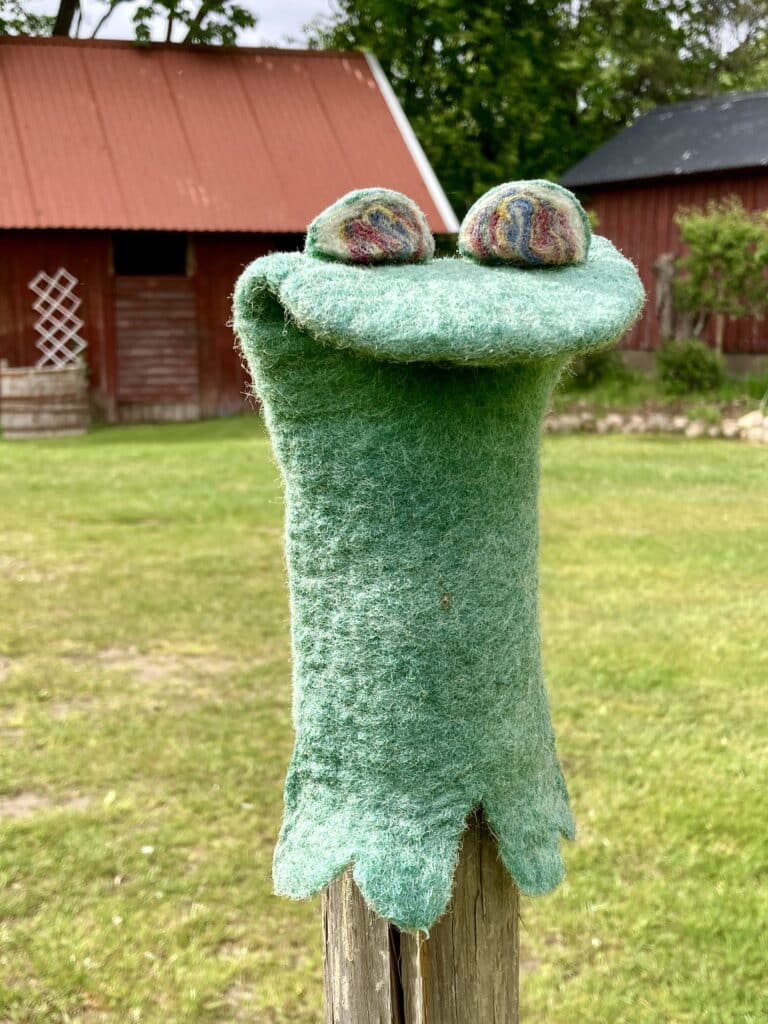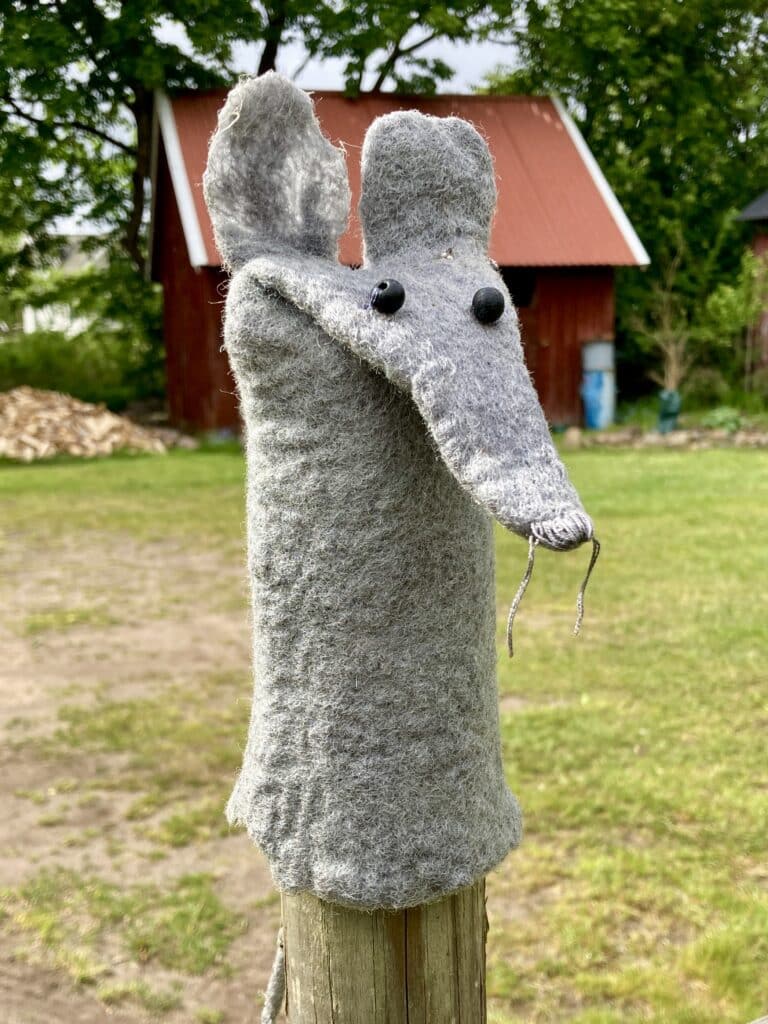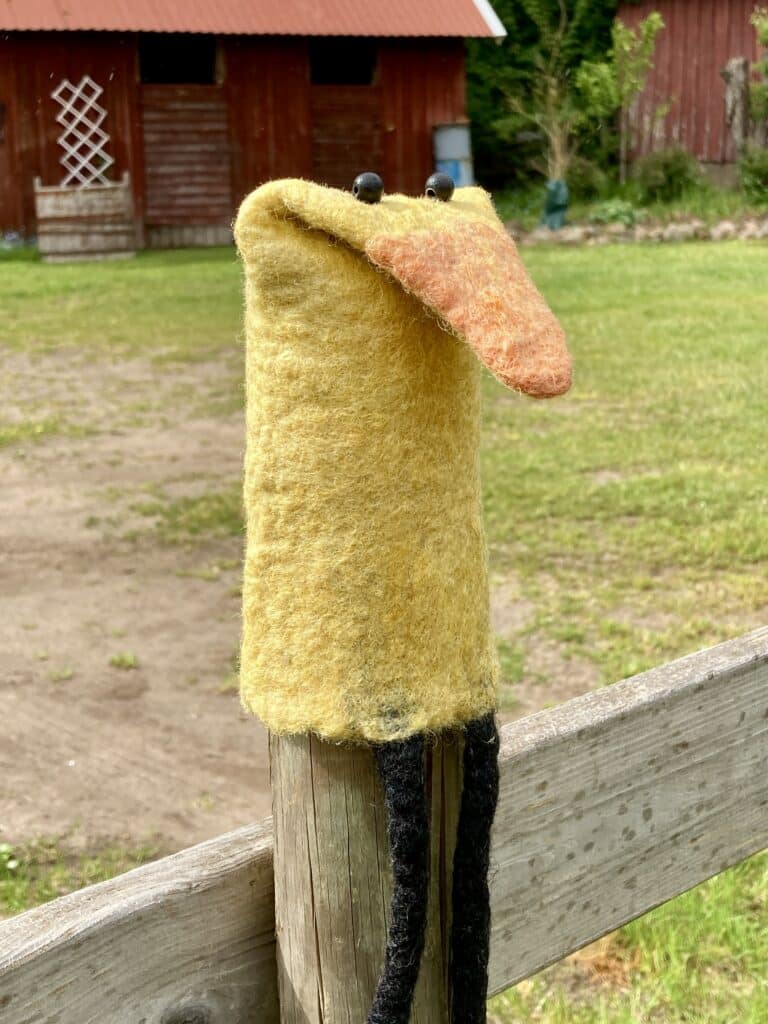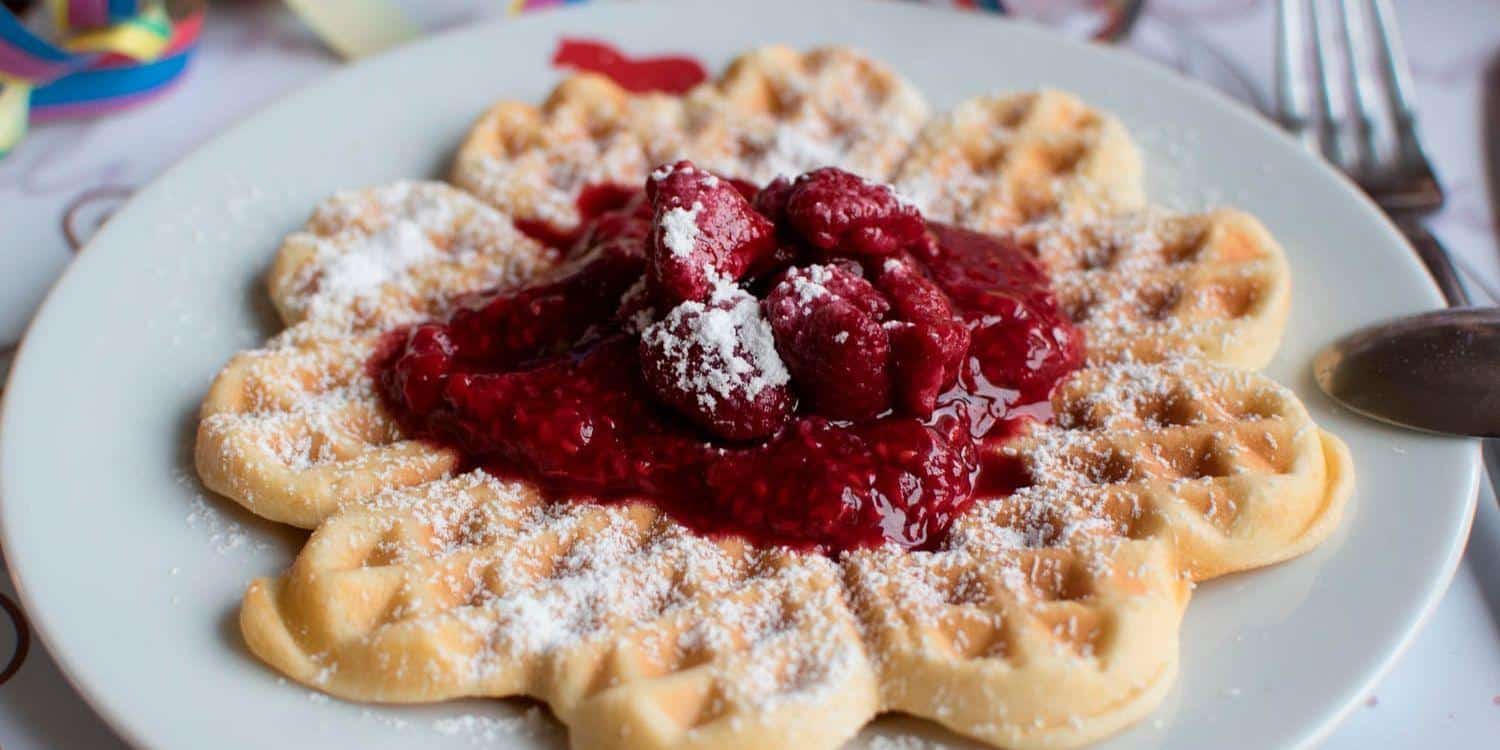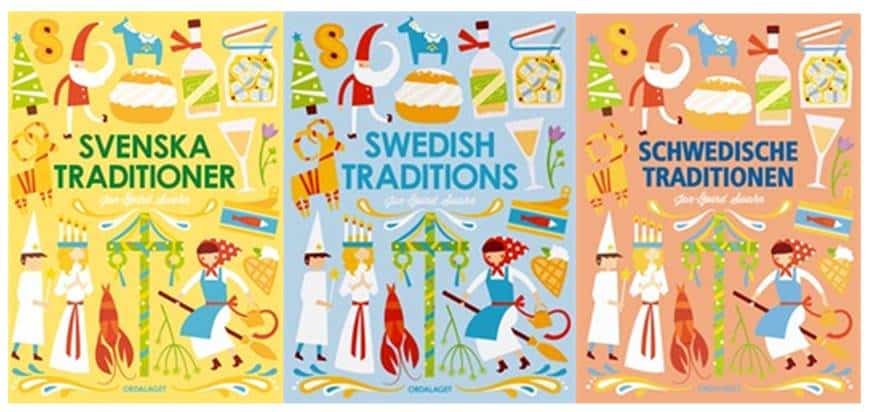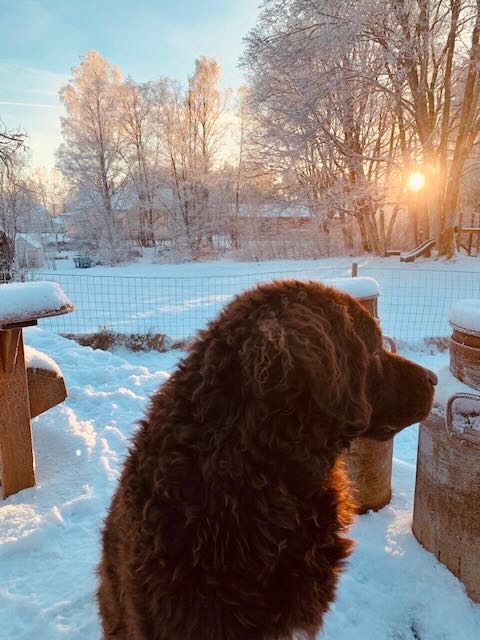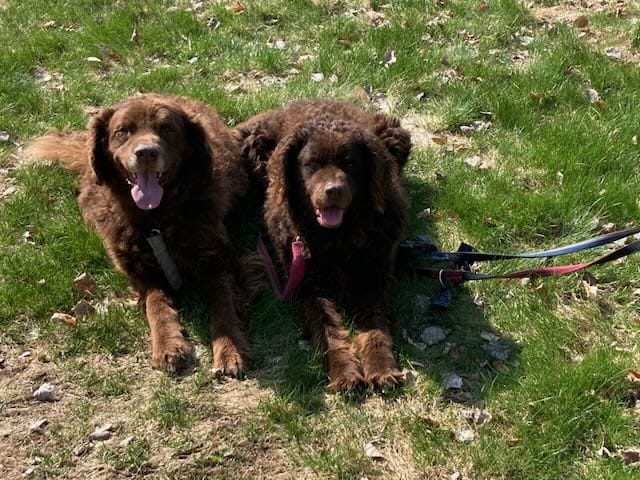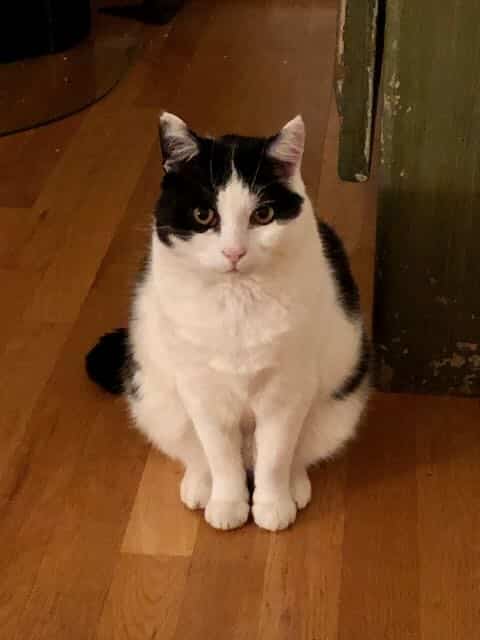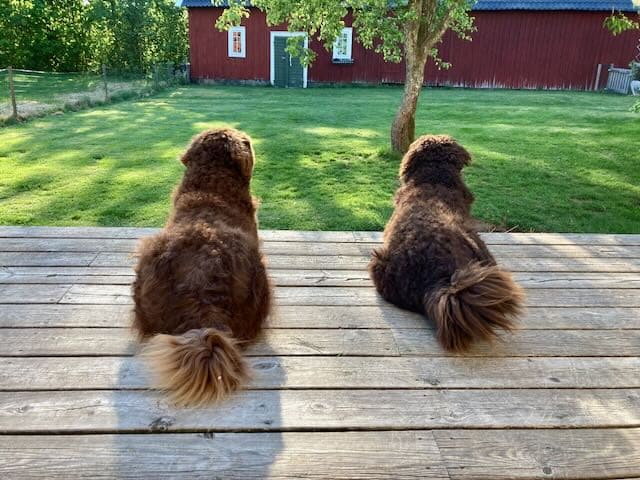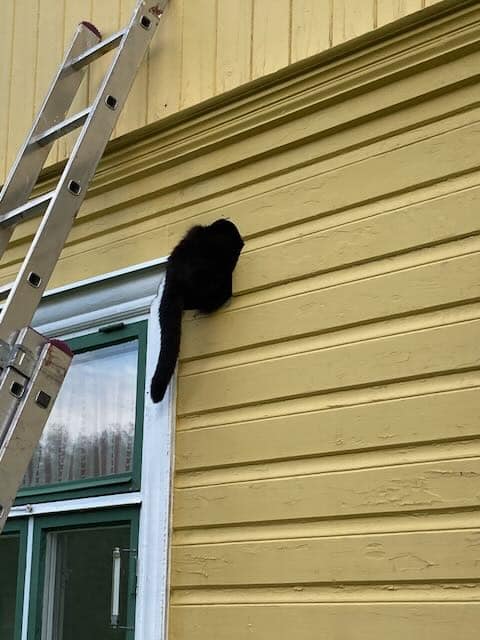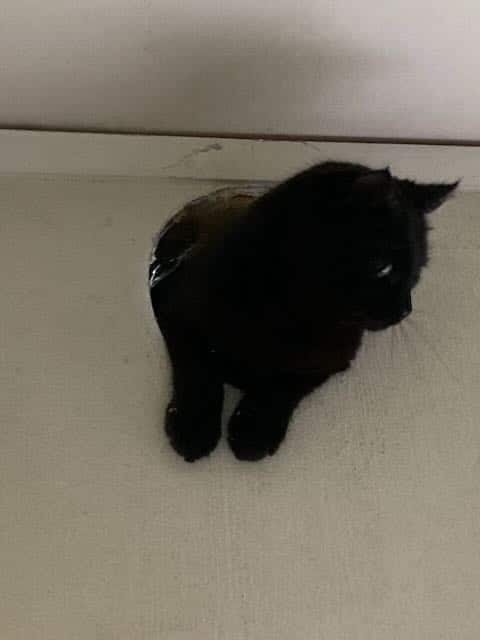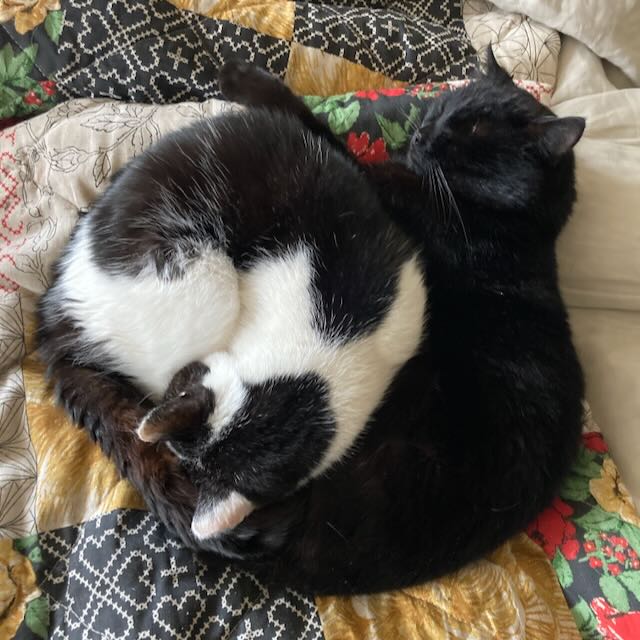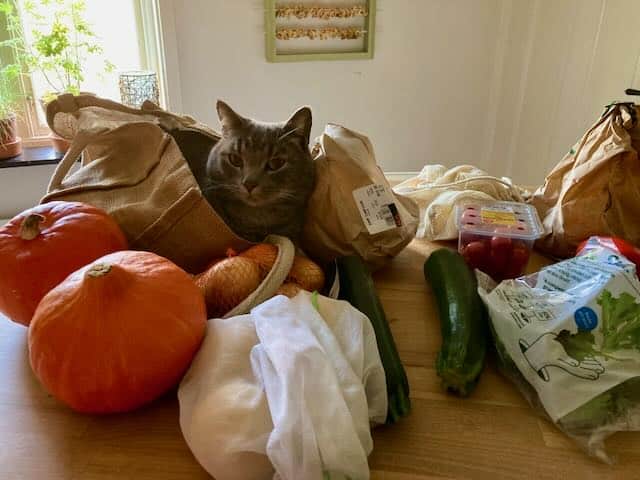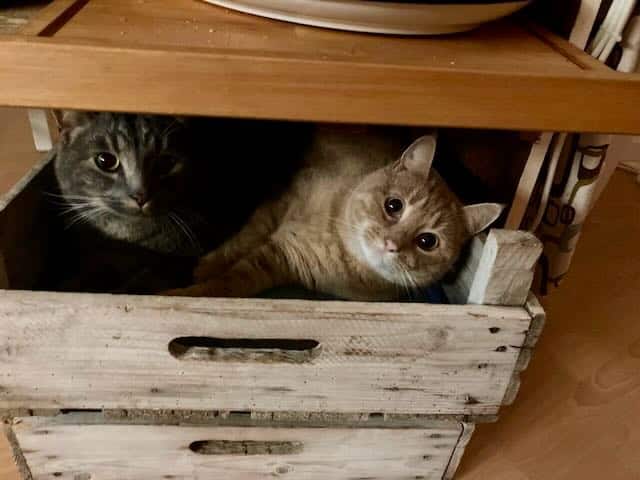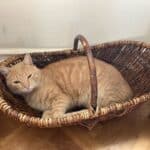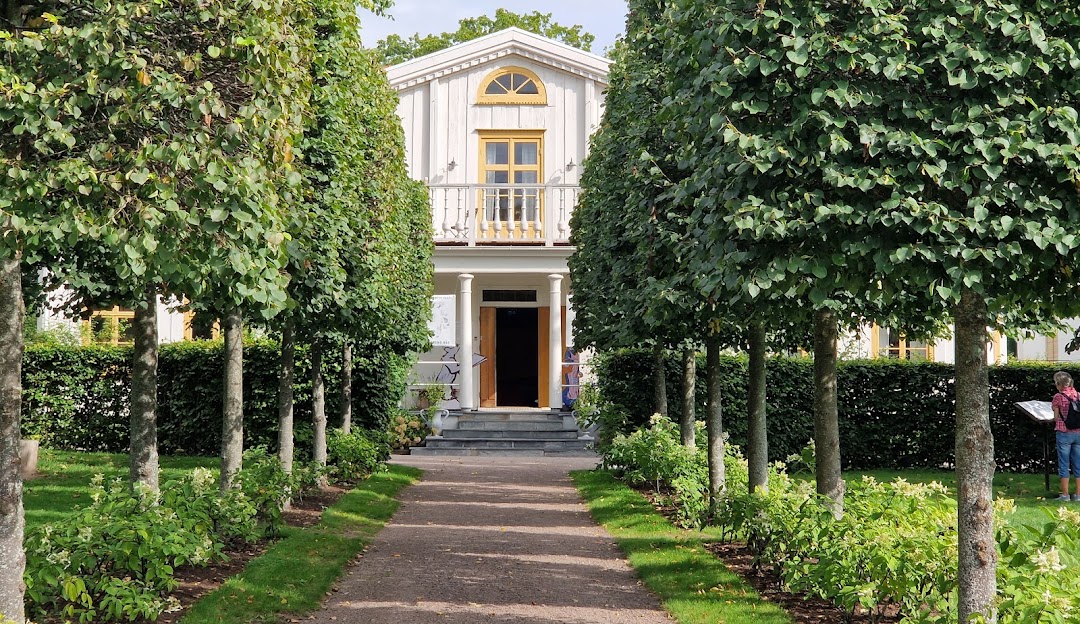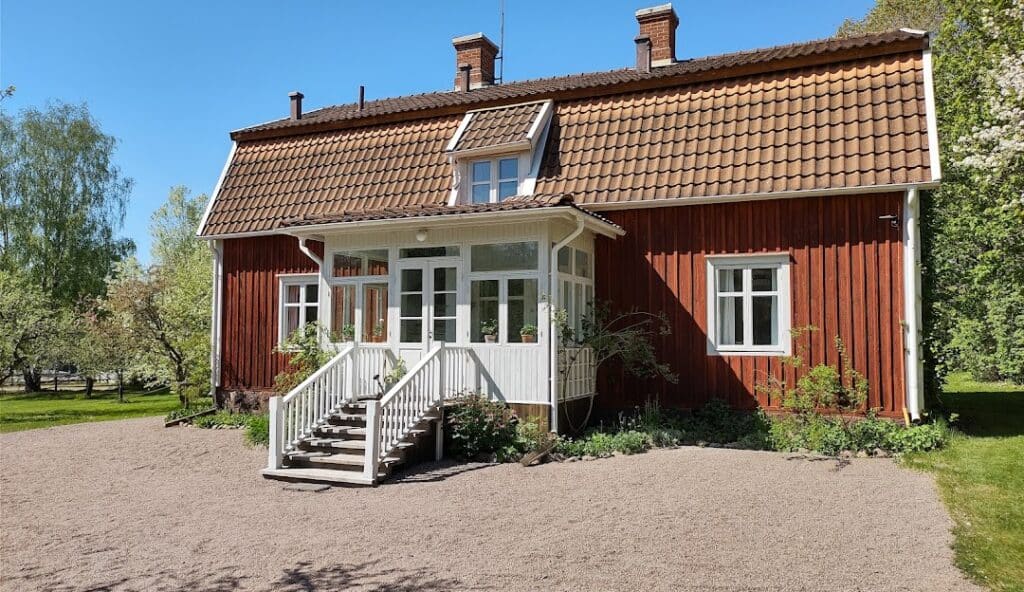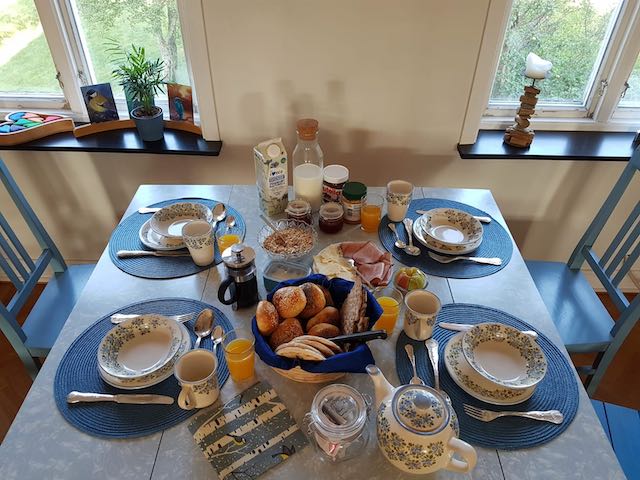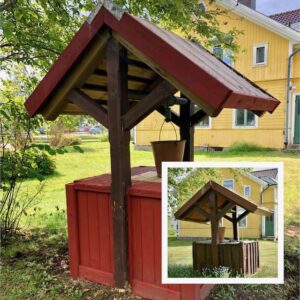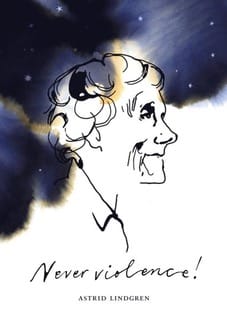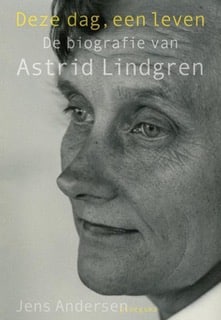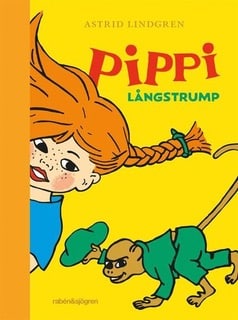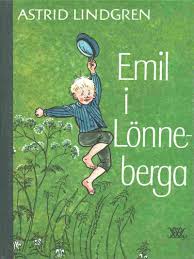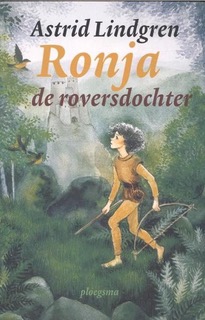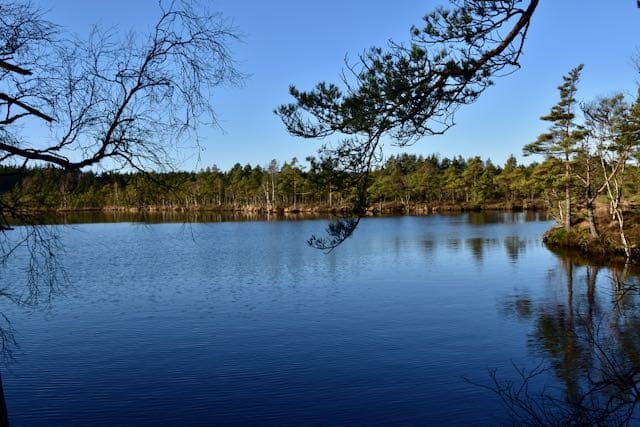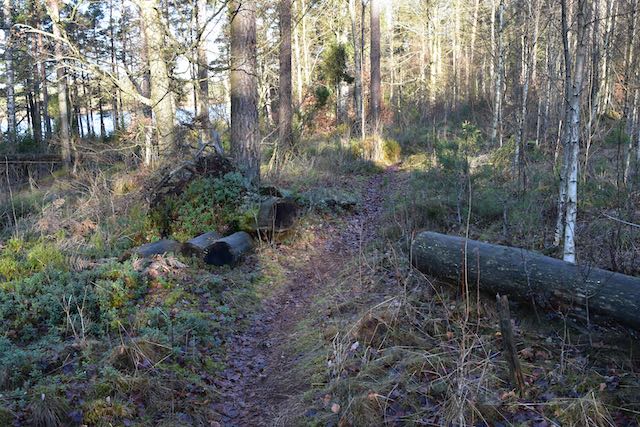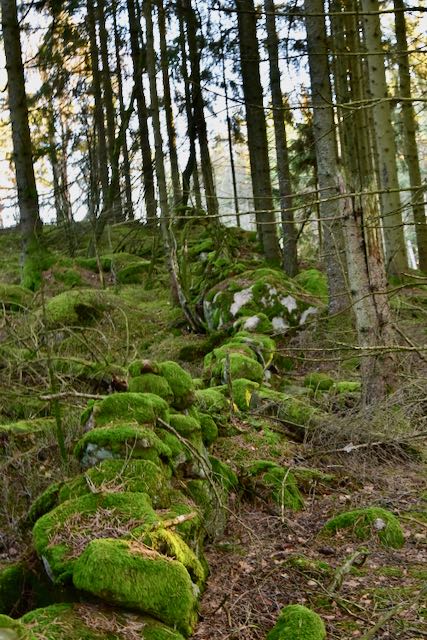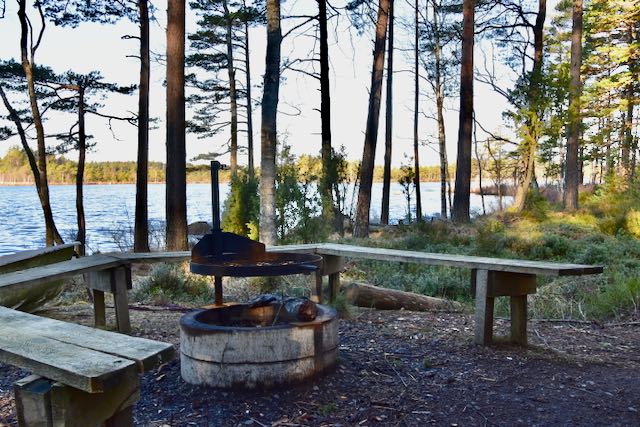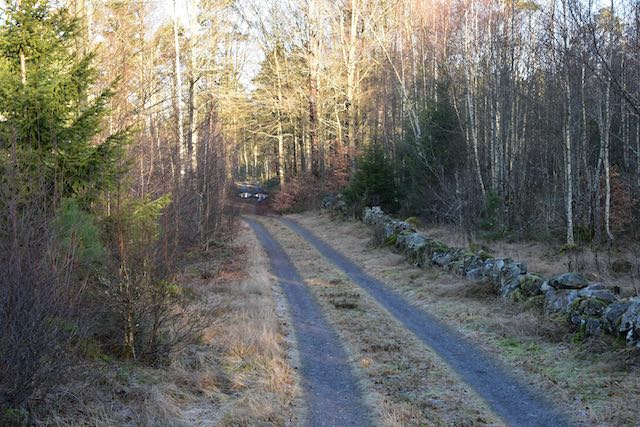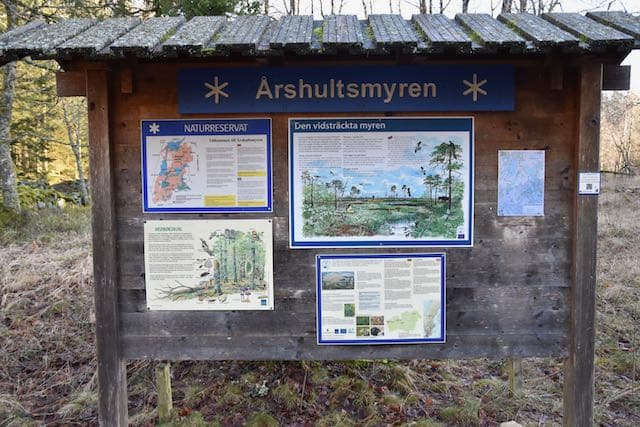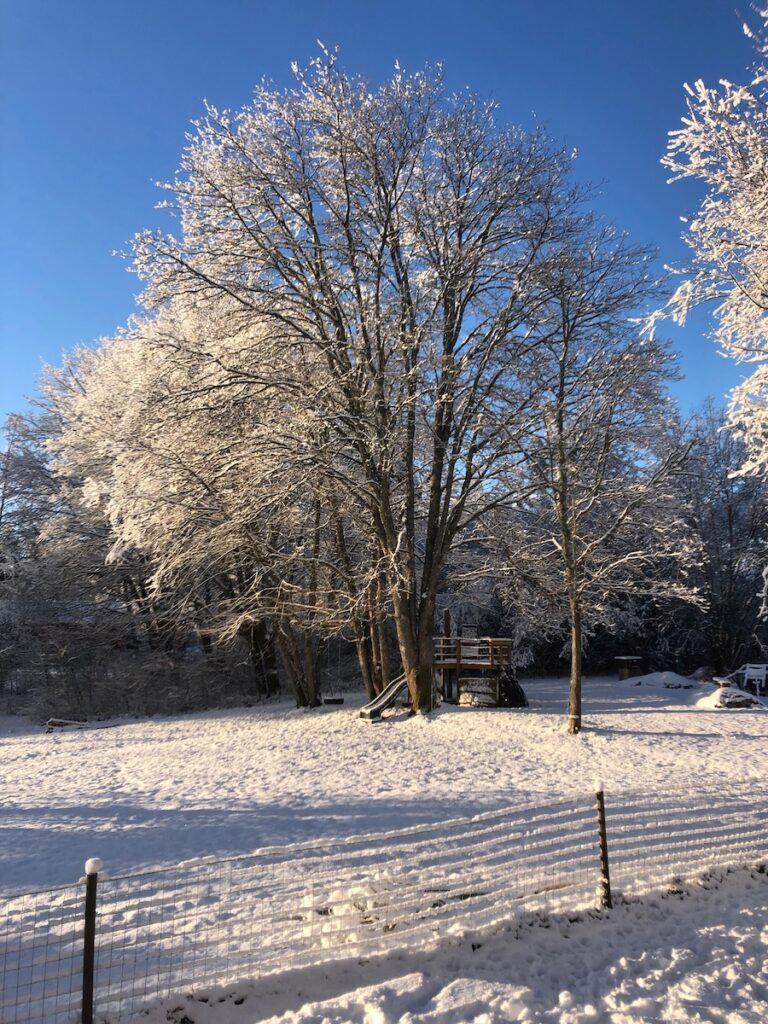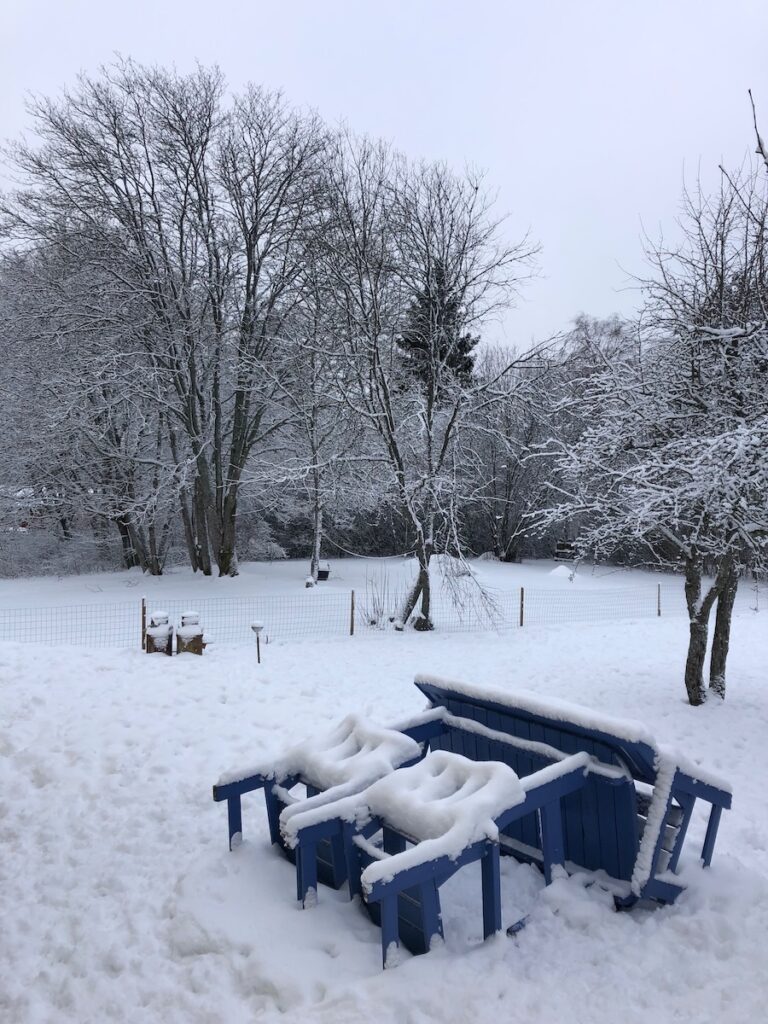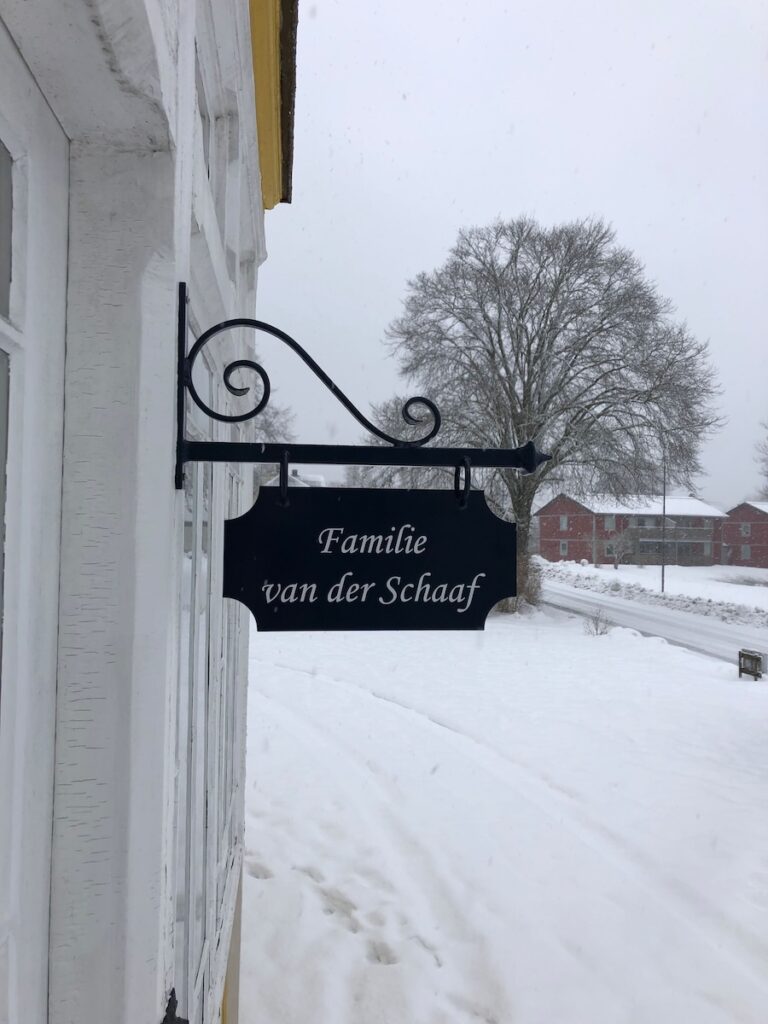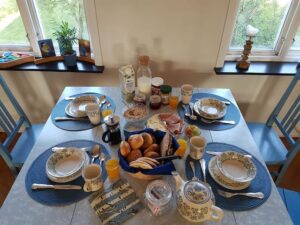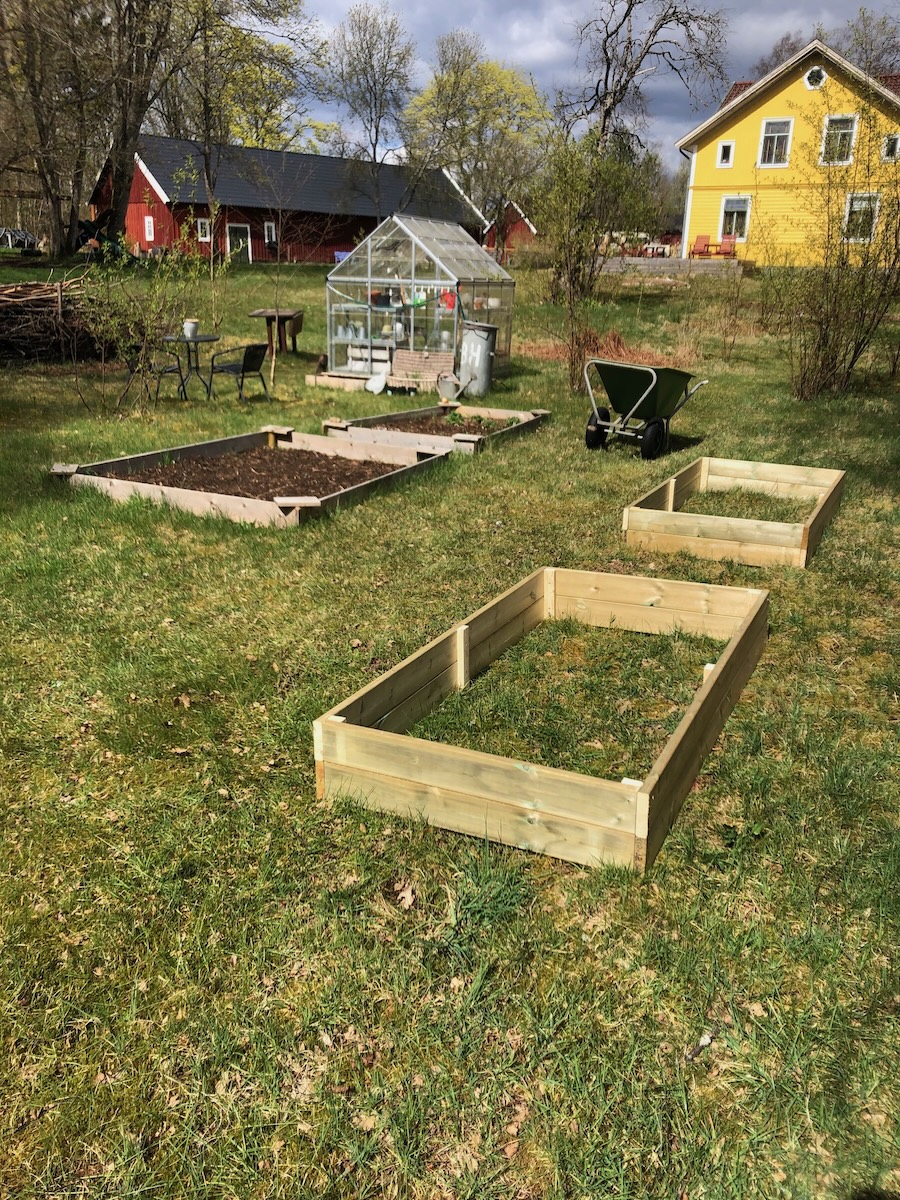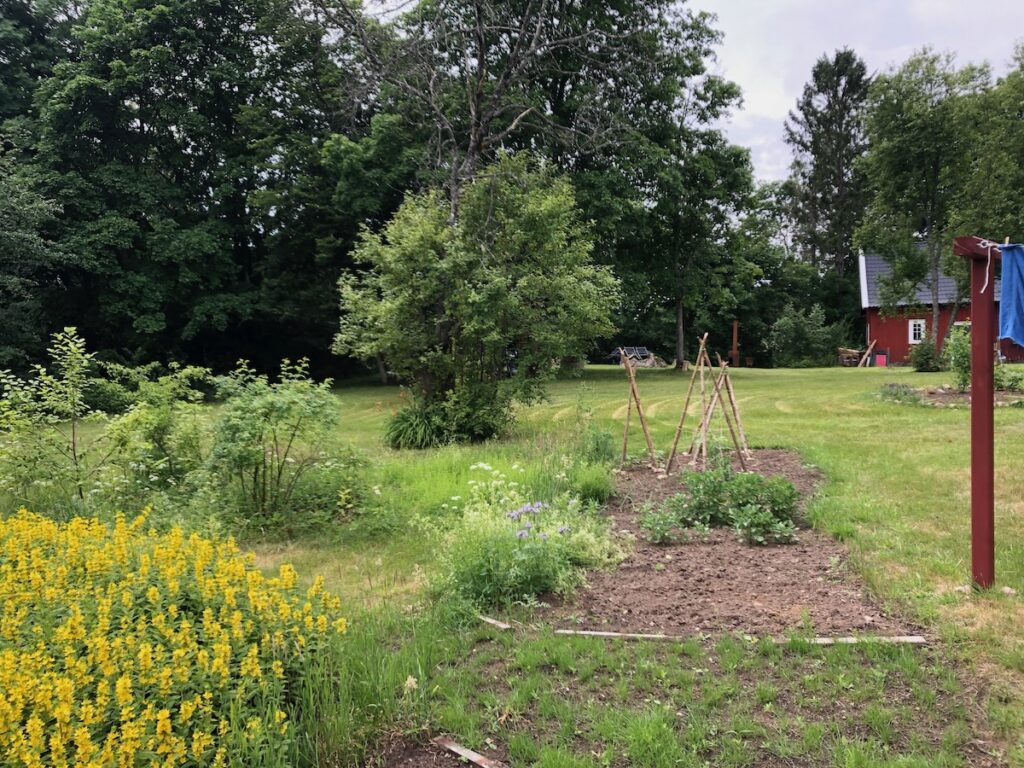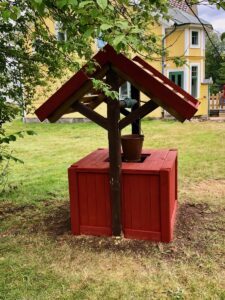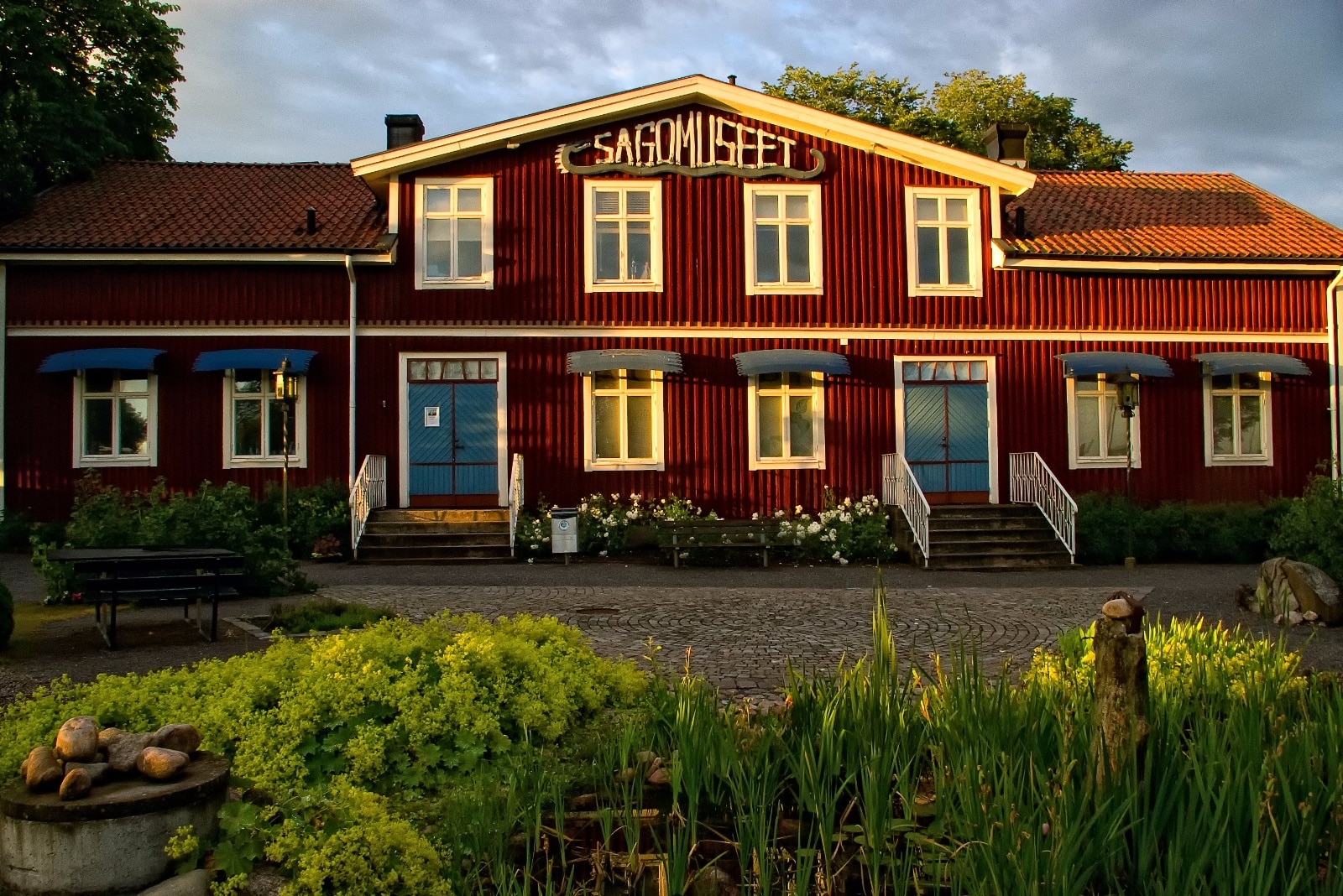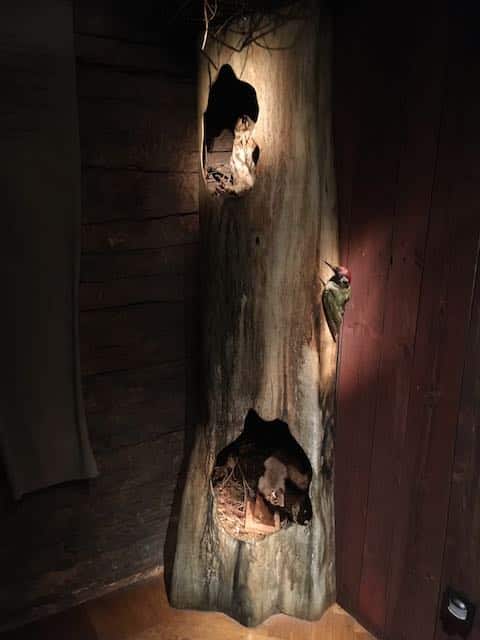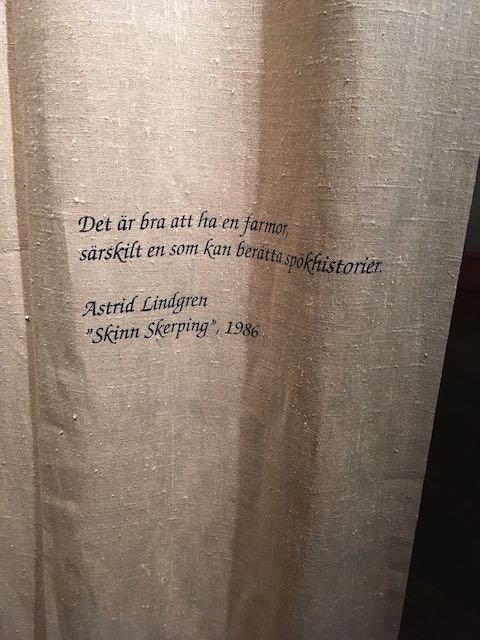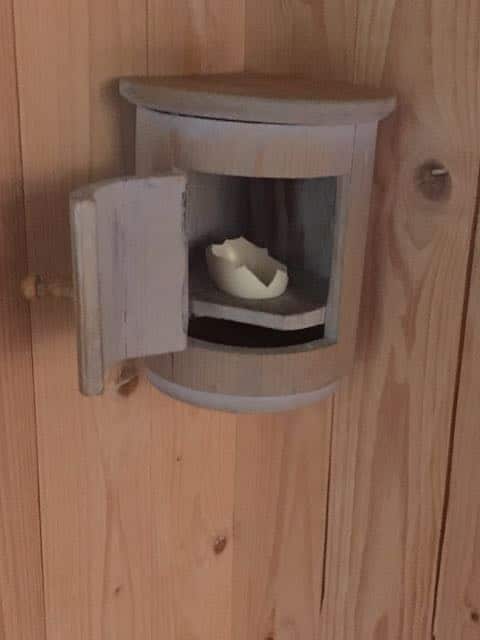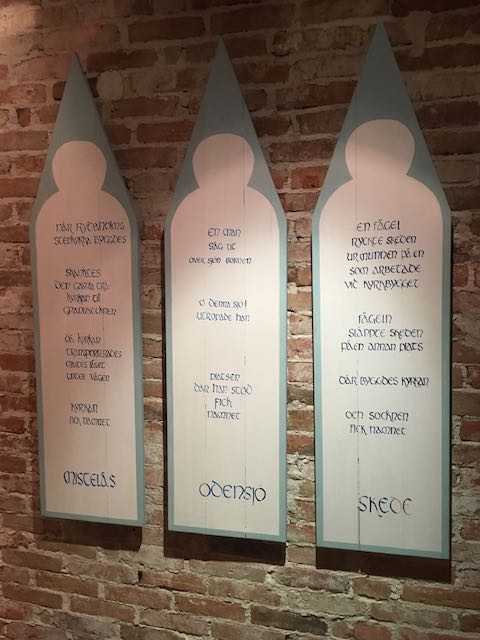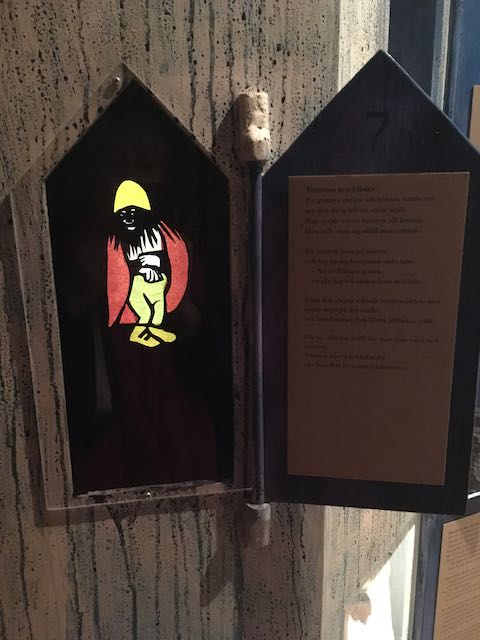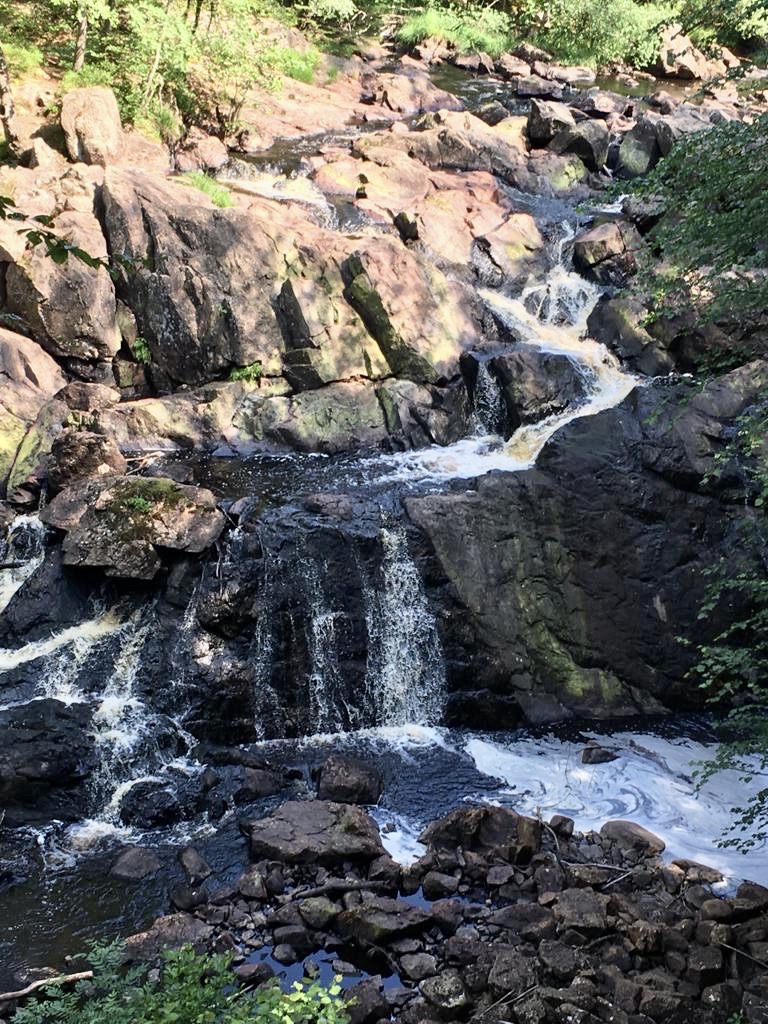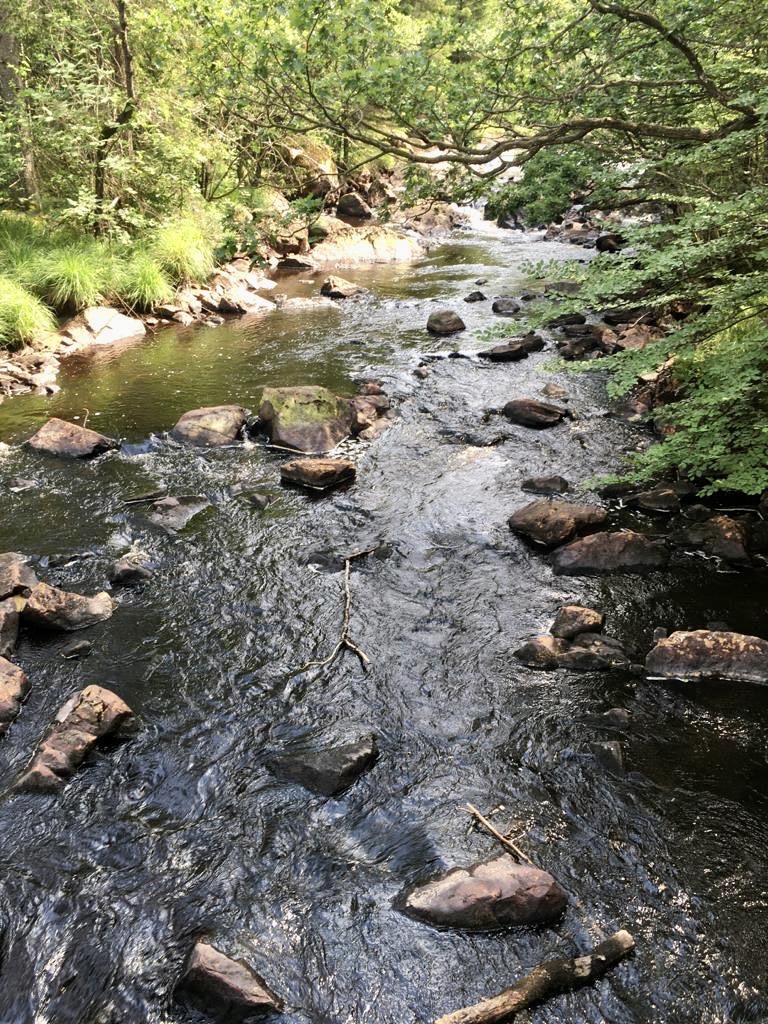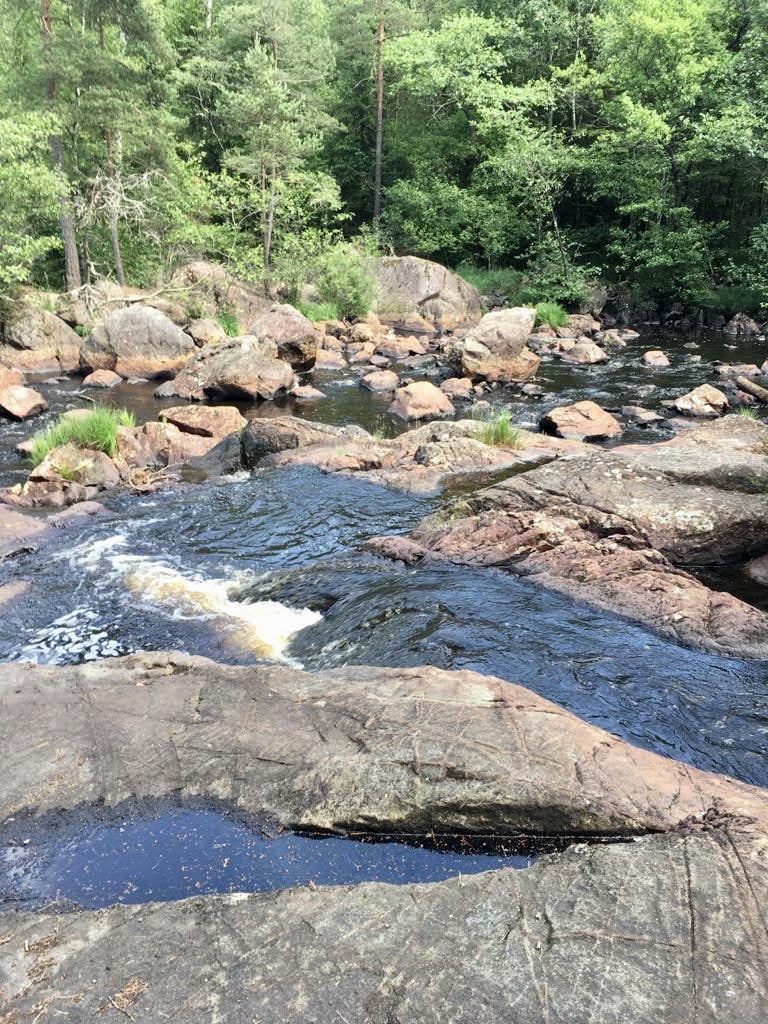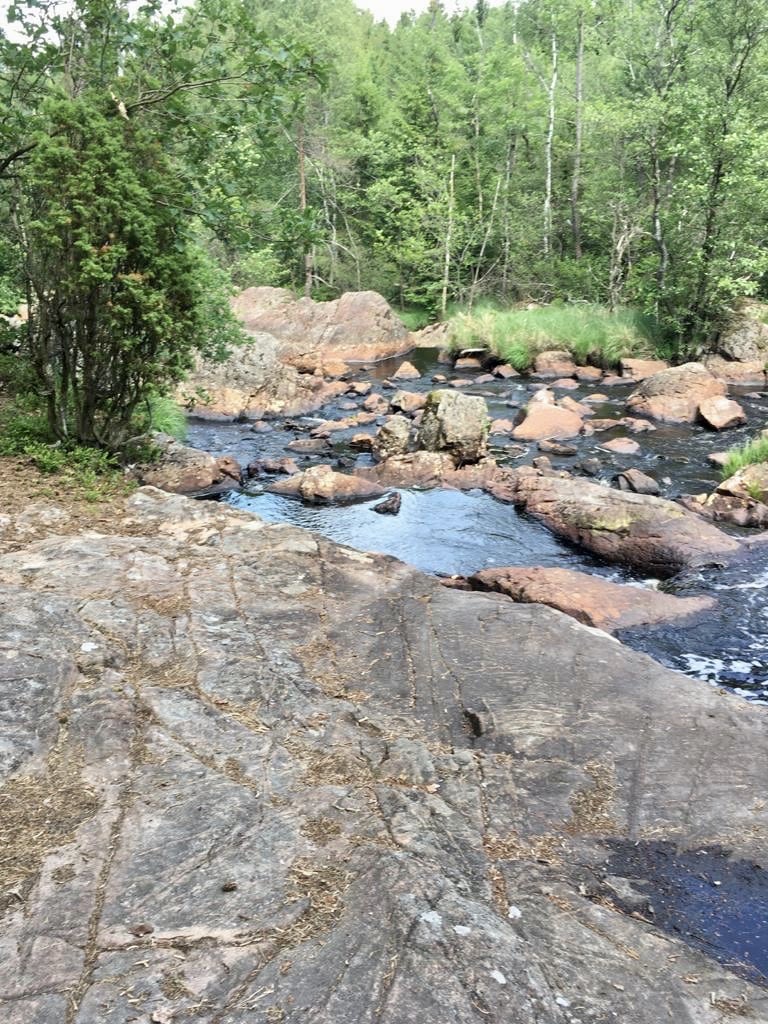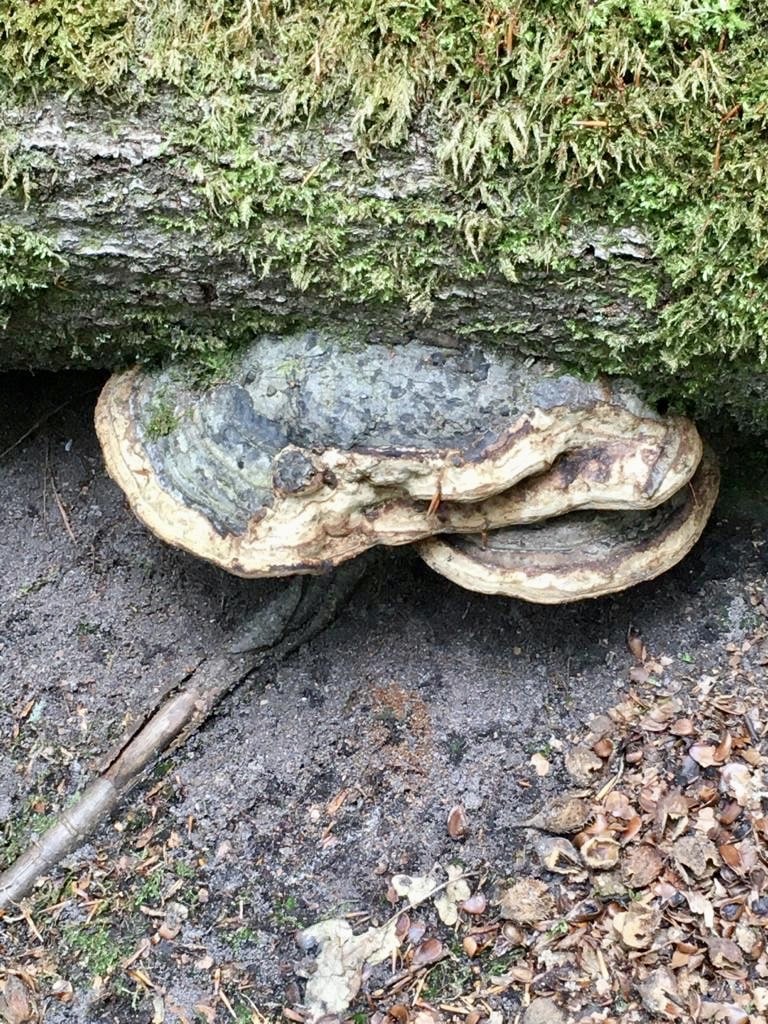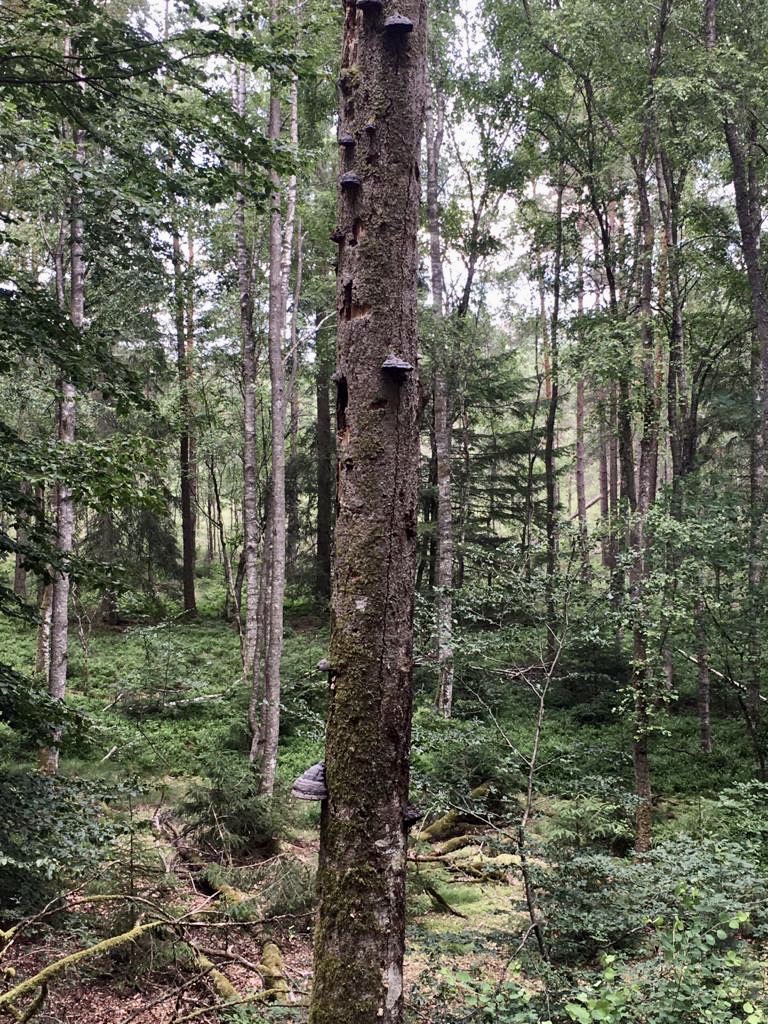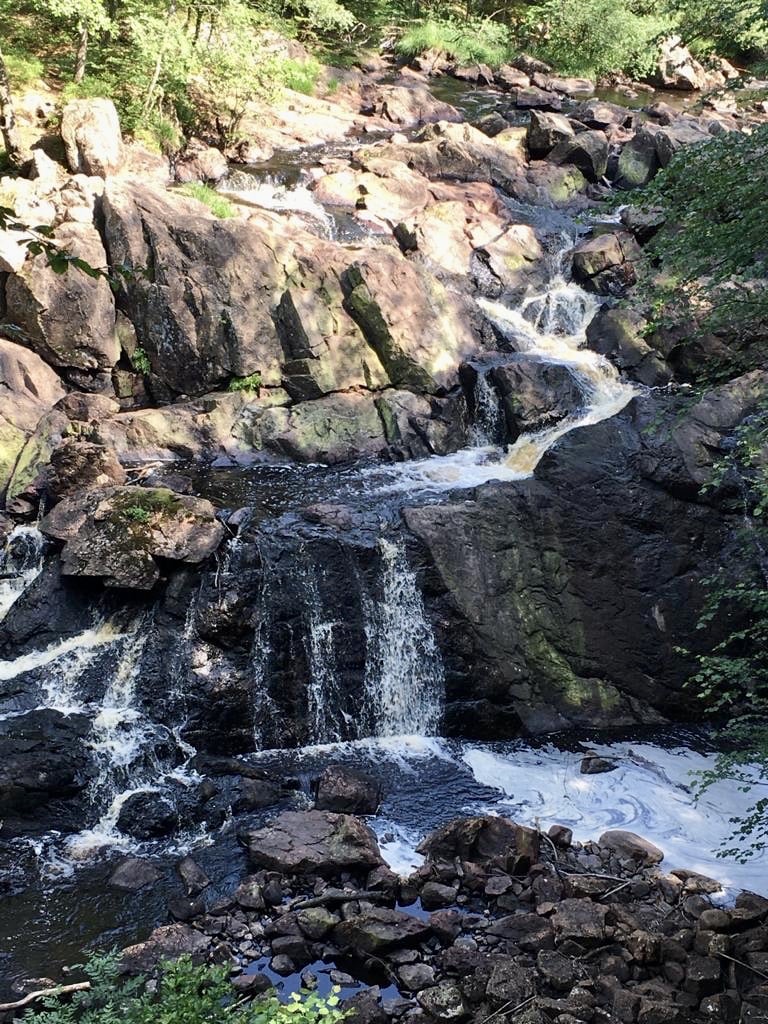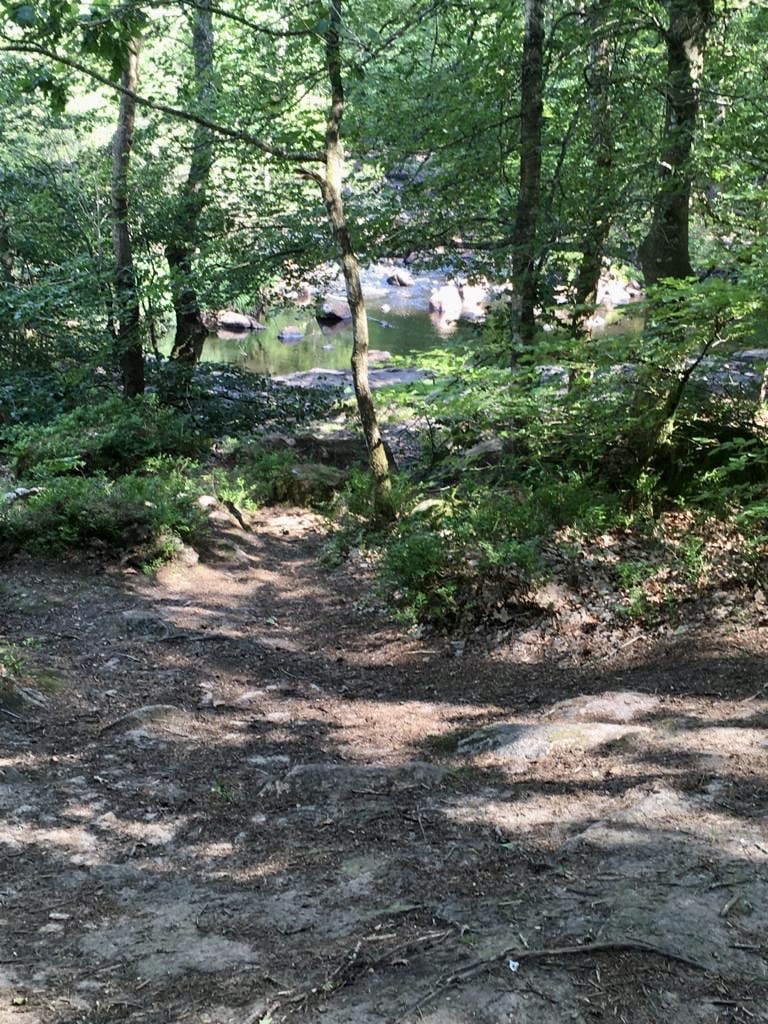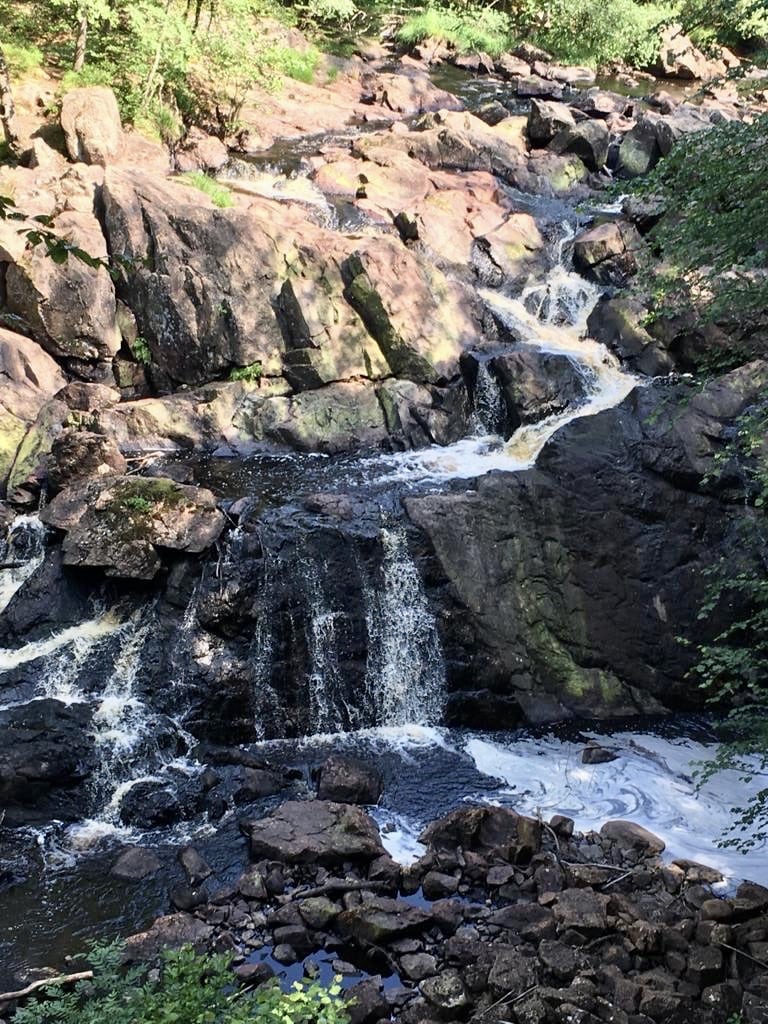Pippi Longstocking
Are there people who don’t know who that is?? Probably, but here in Sweden very few, I think. Every year a reprint of her work is published here and that has been the case since 1945, when Astrid Lindgren’s first book about Pippi Longstocking was published.
This writing came about after seeing the film “Becoming Astrid”, a film about the young Astrid and which gives a beautiful and clear picture of her struggle to become who she eventually became. And she has interested me ever since I saw Pippi on TV as a girl, followed it again with our children and now with my grandchildren.
Her books, the ones that have been translated, are almost all on the bookcase, have been read to endlessly and now that I have mastered reading Swedish a little, I can read the original and the untranslated edition that is in our nice, small library here in Lidhult. In addition, we live in Småland, where most of her children’s books are set.
Astrid Lindgren’s life
Astrid Ericsson was born on 14-11-1907 in Näs, a small community near Vimmerby in Småland. She enjoyed a happy childhood on her parents’ farm, together with her brother and 2 sisters. As a young woman she struggled with her religious upbringing and the prevailing norms of the 1920s. At 18 she became pregnant by the owner of the newspaper she worked for, he wanted to marry, she did not. She left for Stockholm to train as a secretary and to get away from the gossip. As a single parent she could not take care of her son and she placed him with a foster mother in Copenhagen and later for a while with her parents in Näs. When Astrid married her great love Sturre Lindgren in 1931 they were finally able to start a family where a few years later another daughter was born.
Astrid was 37 when Pippi Longstocking was born. The name Pippi Longstocking was invented by daughter Karin who wanted to hear stories about Pippi Longstocking during a long illness. Such a special name calls for a special girl, Astrid thought, and that is what she became.
Publishers initially thought it was a strange book and did not want to publish it. But when it won first prize in a children’s book writing competition by publisher Raben&Sjögren, the floodgates opened and Pippi and her creator became a world hit. Last year Pippi celebrated her 75th birthday!!
Astrid Lindgren continued to write until old age, 85, sometimes several books a year and many of them are still available today. Here in Sweden, a beautiful new edition of “Mio my Mio” has just been published. She wrote 35 reading books, 41 picture books, translated into 100 languages and to date about 165 million have been sold. In addition, she wrote the necessary articles, commentaries in the newspapers and plays/stage adaptations of her books.
Astrid wrote for the child in herself, she always said. Astrid has always stood up for the rights of the child and the animals.
Today, the Astrid Lindgren Company, together with Save the Children, is committed to children and especially girls in developing countries through the program Pippi of today.
Astrid Lindgren biography and museum
And then ….. the biography of Astrid Lindgren by Jens Andersen “Deze dag, een leven” gives a beautiful picture of the writer with many photos, interviews and material from the writer herself. The film “Becoming Astrid” can be found on NPO plus, and a lot of information can be found on the official website of the Astrid Lindgren Company.
In addition to the film about the young Astrid, there is also a beautiful and cheerful ballet made by Pär Isberg about Pippi, Tommy and Annika, in which the composer makes very nice use of the original music from the Pippi films. The ballet can still be found on YouTube or in the archive of the SVT.
If you ever have the opportunity, visit Astrid Lindgren’s Varld in Vimmerby, the place where she grew up. We did it a long time ago with our children, and it was a great success. In many places in the park, short pieces from the books are played, albeit in Swedish, but if you know the books, that’s no problem.
Or Junibacken in Stockholm, where, in addition to the characters from Astrid’s books, other well-known Swedish children’s books can be found. Furthermore, the apartment at Dalagatan 46 in Stockholm where Astrid always lived is a small museum. She lived here from 1941 until her death in 2002. Much of her work can also be found in the beautiful Royal Library in Stockholm.
We have now been living in the land of Pippi and Astrid for a number of years, who would have thought of that when I first saw and read Pippi???
“I’ve never done it before, so I think I can do it!”
Pippi Longstocking!
